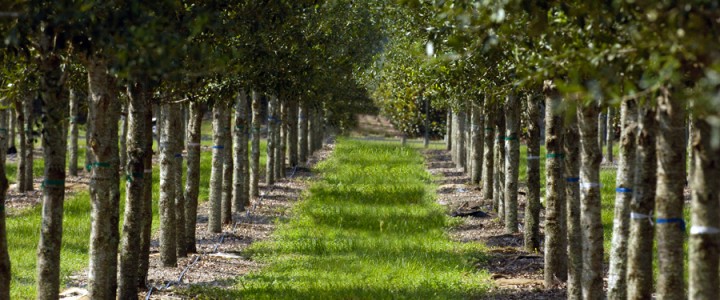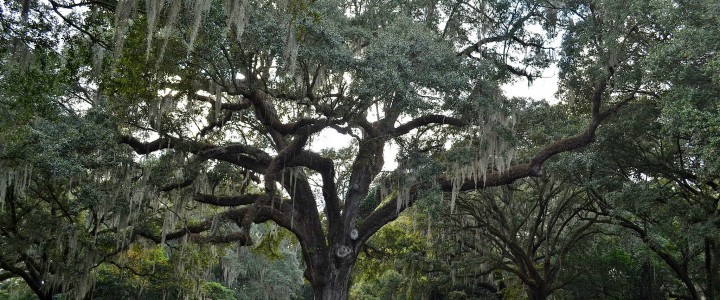The Black Oak
The Black Oak is more commonly known as the California Black Oak and is sometimes referred to as Kellogg Oak. This oak belongs to the family of red oak and is native to western North America. It is closely related to the same species found in Eastern and Central North America.
This tree is deciduous and generally grows to be anywhere from 9 to 25 meters high with a diameter of about 1.4 meters. Larger trees actually can be 36 meters high and 1.6 meters in diameter. If the tree grows in a poor site it will form a cleaning in place.
Black Oaks grow in open space and they have a broad rounded crown, and their lower branches will bow low enough to touch the ground. If growing in closed stands, the crown is thin and narrow, while the trees are young and then be somewhat irregular wide once they age.
Appearance
Trunks of Black Oaks are generally branched and often in older trees tend to die off and be hollow. The younger trees have very thin, smooth bark growing moderately thick, laminated and deeply fissured with age.
This oak can grow one or more vertical roots that penetrate through the substrate using the spread of lateral roots that appear in the vertical. There are also plenty of shallow roots.
The acorns of these trees coming are very large for the species. The leaves are deeply lobed. These trees can live for at least five hundred years.
Flowering and fruiting
This species of oak is monoecious, so that the flowers and catkins develop and emerge before or nearly simultaneously with the leaves in April or May. The fruit is an acorn-shaped and occurs either alone or in groups of two to five years. Matures in two years. The acorns are brown when ripe and tend to be mature in August or late October depending on where the tree is located.
Ecology
The Black Oak is most critical to many forms of wildlife. In the grasslands and forests California oaks are the most important food source for wildlife, while also providing shelter. These trees take up more of the surface total in California than any other hardwood species. Livestock also use the black oak for their food and cover during the summer months.
The Black-tailed deer and western gray squirrel get almost fifty percent of its winter and fall diets of acorns of black oak trees. These acorns are so important as the size of the harvest, the survival rates of offspring may increase or decrease.
Uses
Acorns given by this oak is better than the other species when it comes to making acorn flour. The wood of this oak is used to make furniture, pallets, cabinets, and high quality wood and wood industrial. It can also be used as fuel. This kind of black oak makes twenty-nine percent of the sources of hardwood in California, and most sawn timber is timber.
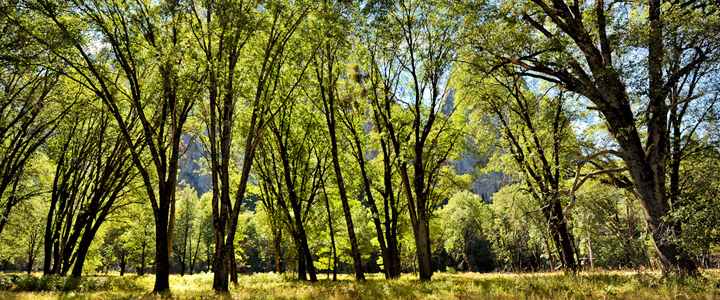
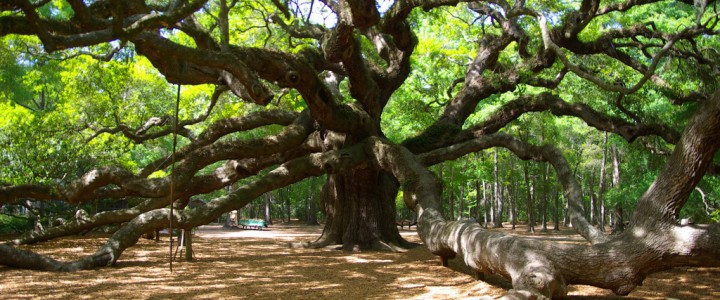
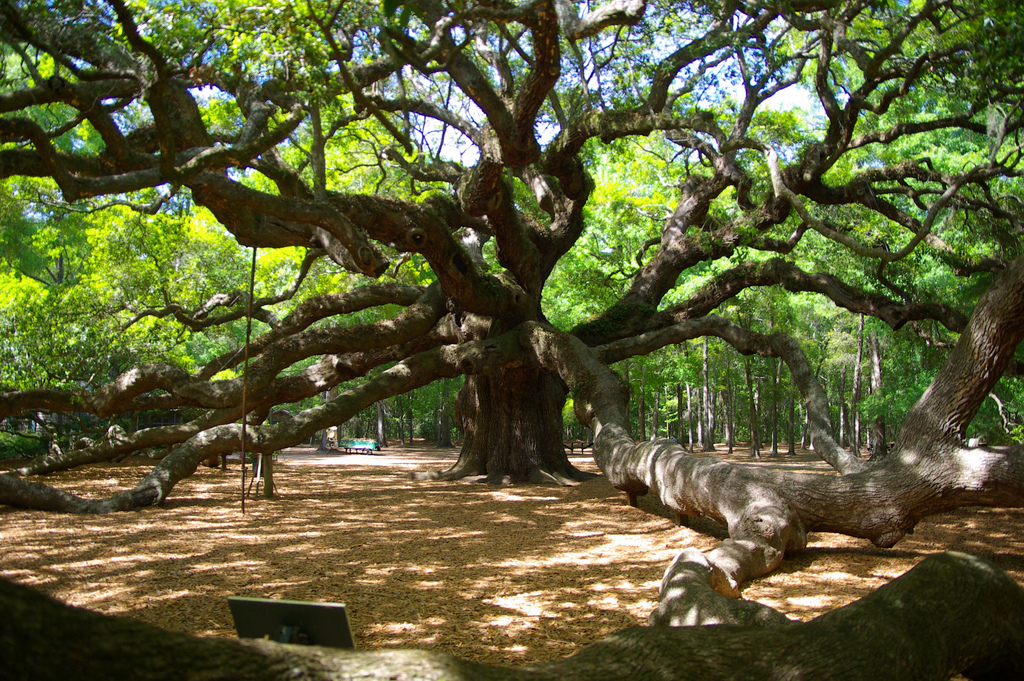 If you are ever in the south near historic Charleston South Carolina, you will be surrounded by history. Once you have soaked up the architectural beauty and rich history of the city, head to nearby John’s Island to see the oldest living thing east of the Rockies. Known as the Angel Oak, the live oak tree that has its own park is estimated to be 1,500 years old, pre-dating Columbus by 1,000 years!
If you are ever in the south near historic Charleston South Carolina, you will be surrounded by history. Once you have soaked up the architectural beauty and rich history of the city, head to nearby John’s Island to see the oldest living thing east of the Rockies. Known as the Angel Oak, the live oak tree that has its own park is estimated to be 1,500 years old, pre-dating Columbus by 1,000 years!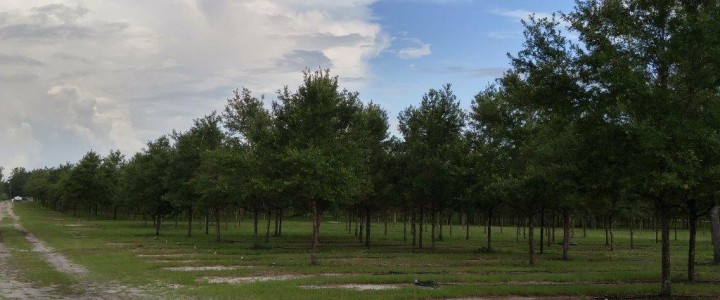
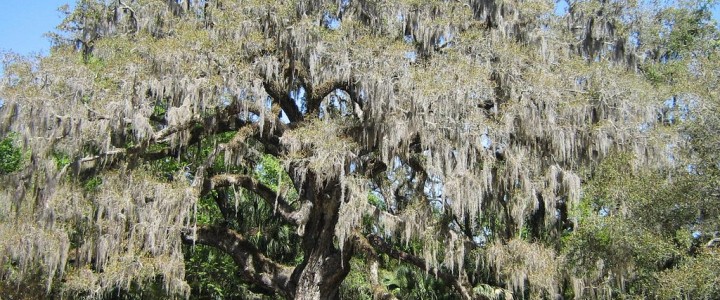
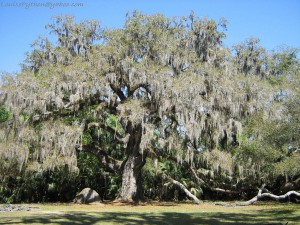 The oldest Live Oak tree in Florida (pictured here) is thought to be in Ormond Beach, and is located in Bulow Creek State Park. This oak is called the “Fairchild Oak” and is thought to be over 400 years old. The oak has been a silent witness to human activities along Bulow Creek. According to the park this includes the destruction of the nearby Bulow Plantation during the second Seminole War in 1836.
The oldest Live Oak tree in Florida (pictured here) is thought to be in Ormond Beach, and is located in Bulow Creek State Park. This oak is called the “Fairchild Oak” and is thought to be over 400 years old. The oak has been a silent witness to human activities along Bulow Creek. According to the park this includes the destruction of the nearby Bulow Plantation during the second Seminole War in 1836.